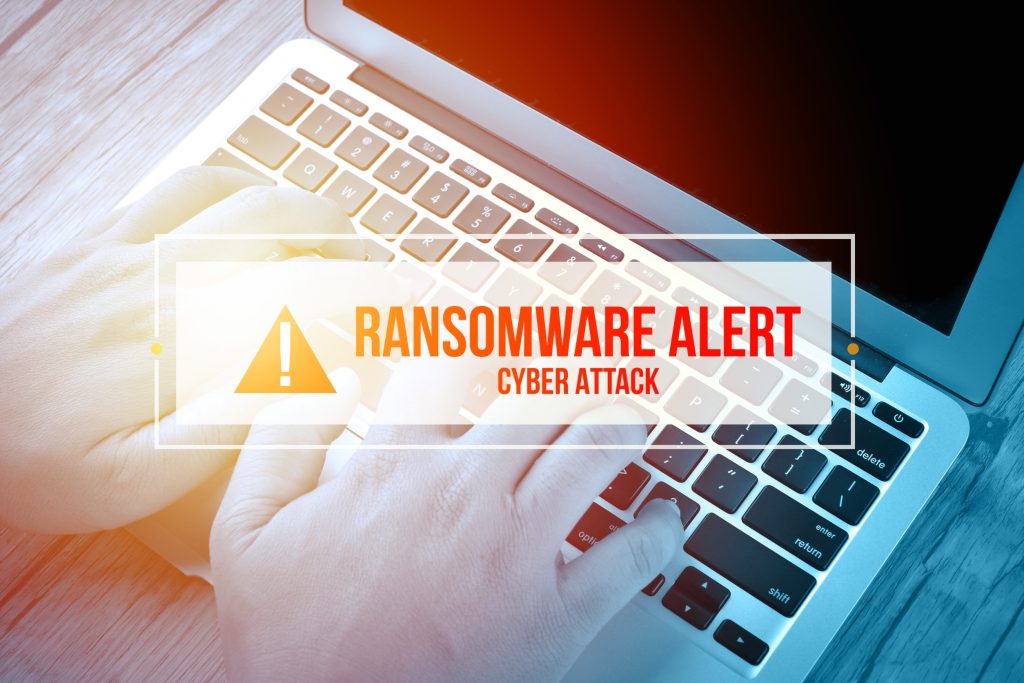
The realm of Internet of Things (IoT) comprises internet-connected devices that serve broader functions. For instance, an alarm linked to a coffee maker that starts brewing once someone descends the stairs. These convenient gadgets significantly enhance people’s lives. Their popularity has surged, with businesses adopting numerous IoT devices. However, this integration also introduces grave security vulnerabilities.
IoT devices become prime targets due to one key factor: sensors. These devices rely on advanced sensor technology, which enables their utility. However, sensors also pose significant risks. They collect and act upon data, which, while potentially lucrative for revenue generation, customer experience enhancement, and cost-effectiveness, also amplifies the potential damage when numerous IoT devices are employed.
IoT devices exhibit major security weaknesses. Whenever new features are introduced, the devices require additional data gathering. This inadvertently creates multiple entry points for cybercriminals. Hackers and malicious actors exploit any opportunity to infiltrate companies, thus placing businesses utilizing IoT devices at risk. The surge in recent attacks underscores this concern, particularly as employees have increasingly adopted such devices for remote work.
In addition to the favourable hacking landscape, these devices also face risks stemming from human error. During device development, it is easy for developers to make mistakes, particularly if the device connects to one or more data streams. Furthermore, inadequate regular updates and testing exacerbate the situation. While robust and successful IoT devices adhere to these practices, not every developer follows suit, leaving vulnerabilities unaddressed. Common threats in the IoT realm include poor default settings, faulty upgrade paths, and excessive computing power.
How Can These Devices Be Better Protected?
In this context, the only viable option is proactive protection of IoT devices. Some ideal approaches to safeguarding these devices include:
- Centralized protection: Companies and leaders must comprehend IoT device functionality and implement top-down solutions to mitigate risks.
- Cybersecurity innovation: Collaborative efforts among companies are crucial, yet there remains a deficiency in security measures. Should data governance falter, problems will escalate.
- Implementation of active standards: While a universal standard is still a work in progress, it is currently incumbent upon businesses to ensure information security and system integrity. Holding companies accountable for these aspects is essential.
As we continue to embrace the benefits of IoT technology, it is essential to remain aware of the potential risks and stay proactive in our efforts to protect these devices. By prioritizing security and implementing comprehensive measures, we can maximize the potential of IoT while minimizing the threats posed by cybercriminals. We can create a safer and more resilient IoT ecosystem for the benefit of individuals, businesses, and society as a whole.
________________________________________
OnServe gives you the opportunity to focus on what you love, your business. That’s why we created a framework along with IT services that put YOU back in the driver’s seat. Take the stress out of your business technology. Contact us today.



